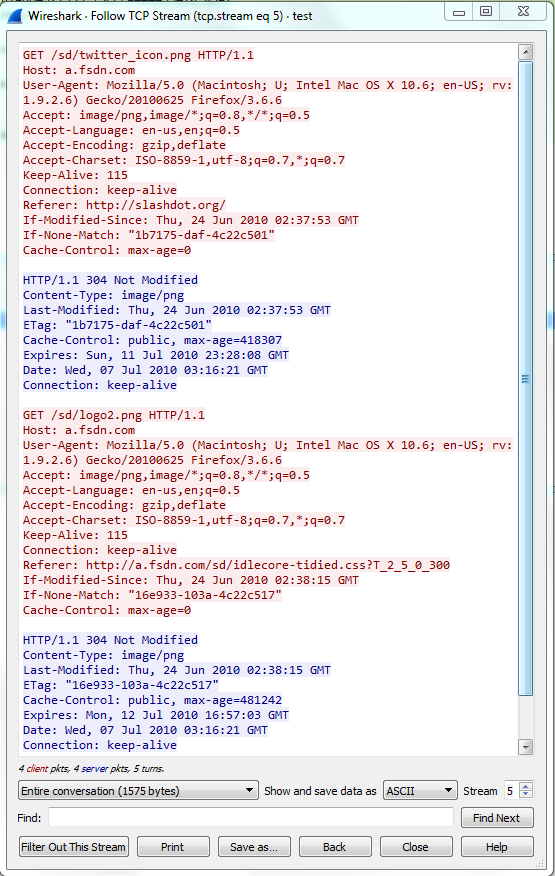
sox is a command line audio tool for linux, I was using it to convert the raw audio into a wav. so you'll need that or something like that. Maybe that will work better, since it's using the wireshark library (tshark) to filter out the audio from the pcap. A for loop is used to construct raw audio from the bytes here and then the script uses "sox" to convert the raw audio into a wav. param inputfile : Either a path or a file -like object containing either a packet capture file ( PCAP, PCAP -NG.) or a TShark xml. Used to conserve memory when reading large caps. Our plans were to retire in summer 2020 and see the world, but Coronavirus has lead us into a lot of lockdown programming in Python 3 and PHP 7. the script uses Tshark to make the pcap, and then it's used again to filter the pcap for the rtp.ssrc field in the pcap. This package allows parsing from a capture file or a live capture, using all wireshark dissectors you have installed. it's a linux tool, i have it installed on BSD as well as CentOS.
#Parsing wireshark captures with python 3 install#
You'll need to install that on your system you're testing on. It makes use of tshark which is a command line version of wireshark. not yet been augmented to parse and create DNP3 frames (Biondi 2014). At the top of the link'ed article, you'll se the small bash script. Wireshark is a network traffic analysis tool with an extremely wide feature set. For starters, let us consider all IPv4/TCP packets as interesting. Step 3: Filter non IPv4/TCP packets Use scapy methods to filter out uninteresting packets. added live packet capture directly on the AP, will even stream to wireshark. It's basically doing the same thing programatically, but I never had an issue with audio quality with the bash script. At this point you may want to open the pcap in Wireshark and verify if the packet count our program reports is consistent with that reported by Wireshark. Rust: Convert sha256 to hex duplicate Ask Question Asked 1 year, 3 months. That's where I started (before using Python.) I'll link my bash script here in this comment. Os.If you need a quick solution that works, I'd suggest trying to do it as a bash script. Currently, Wireshark uses NMAP’s Packet Capture library (called npcap). By default, Wireshark captures on-device data only, but it can capture almost all the data on its LAN if run in promiscuous mode. (Node.lower(),Node,Node,Node.lower(),Node,Node.lower(),Node) Wireshark captures the data coming or going through the NICs on its device by using an underlying packet capture library. Wireshark captures the data coming or going through the NICs on its device by using an underlying packet capture library.

It is recommended to use tshark command line preprocessing to filter data packet once before PYTHON processingĬmd_filter="%s & ip.src=%s & ip.dst=%s & %s.srcport=%s & %s.port=%s"% \ Python parsing data packet takes up 10 minutes of memory.

Results=pcaps.filter(eval(lambda))#lambda Yes 1 Kinds of expressions, Strings are used here, You can also not use it eval, Write expression directly, Then the filtered packet is returned Lambda="lambda pcap:IP in pcap and UDP in pcap and pcap.src='192.168.1.1' and pcap.sport=80" Packet.load#PY2 Method for reading node data ,PY3 It should also be possible Packet.load#PY3 Method for reading node data ,packet.src packet.dst


PY3 installation scapy-python3, use PIP installation is good, note, PY3 can not use pyinstaller package file, PY2 is normal I am working on a final project for school and I have tons of pcaps where I am interested in only certain flows.


 0 kommentar(er)
0 kommentar(er)
